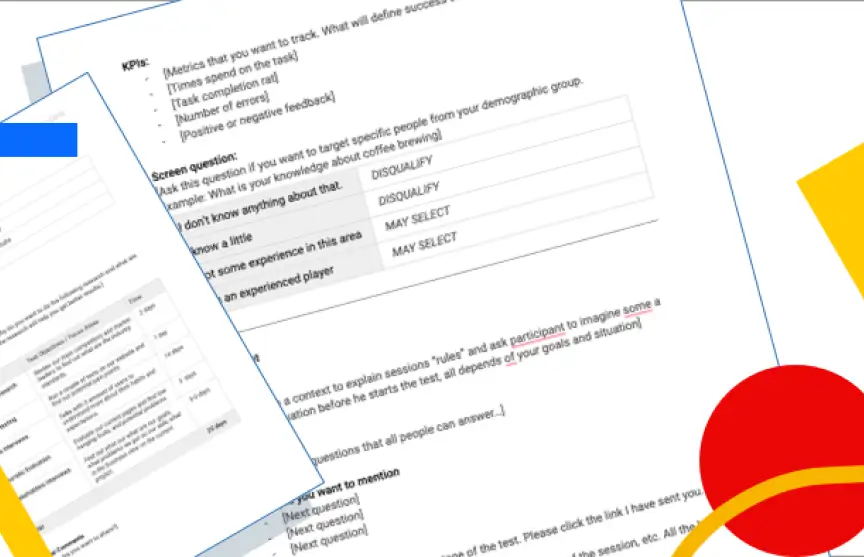
Leadership principles
Leadership is not about imposing rules or authority, but about inspiring others to achieve their full potential and to work together as a team.
One of my views on that is caring for the people you lead, listening to them, respecting them, and empowering them. Also, you have to be adaptable, flexible, and creative in different situations. Leadership is not a fixed skill or trait, but a dynamic process that requires constant learning and improvement.
I love being a leader, even though it's very challenging. It's also one of the most fulfilling things I've done in my career. I strongly believe that passion is the key to good leadership. Passion helps me make decisions that are sometimes hard or even inconvenient for myself. As humans, we tend to look for safety or easy solutions. But because of passion, I make decisions that are not always in my self-interest. This may seem illogical, but I do it for the team.
UX leadership is about bringing people together to achieve a shared vision and creating compelling user experiences that delight customers and lead to better products. To achieve that I follow these principles:
Lead with empathy
Empathy is key to understanding the needs and emotions of your users, your team members, and your stakeholders. The UX field is strongly based on empathy which is a feeling to understand other people's needs. Our perspectives and ways of thinking can be very different from others. As a leader, I have learned to actively listen to the people. I tend to ask open-ended questions to dig deeper into people's opinions and get an understanding of their perspectives before giving any opinions.

Build exceptional UX teams
As a UX leader, you have to recruit individuals who have good character and a desire to be part of a team. When hiring, I look at the skillset of the candidate, but much more interesting for me is the personality and attitude. I ask myself if I can trust this person and if we can build a relationship. Skills can be acquired and improved with training and guidance. But if you have the wrong mindset, you might not be the right fit for the team.
To create a great team, we have to remove "I" and replace it with "we". A team of individuals will never perform as well as a team of contributors who work together as one unit. We follow the unified vision, communicate and collaborate on our projects. We win together and lose together. We own our projects as a group and work on them in this fashion. We coach and mentor each other as a group.
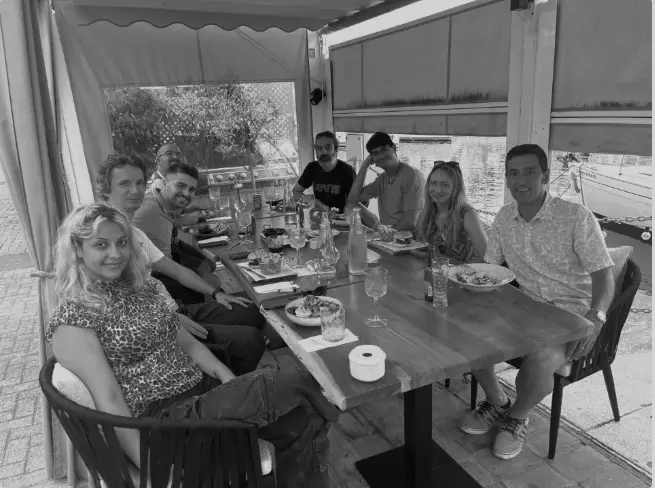
Promote a culture of feedback
Feedback is essential for learning and improvement, both for yourself and your team. It is the cornerstone of a high-performing team. We need to cultivate a feedback culture in our organisation from the start. It is the only tool that helps us communicate properly and at the same time, it is misused in many organisations. As a team, we have to trust each other and know we are acting in good faith.
Honest feedback is key for us to support each other and understand each other better. We have to create a safe and supportive space where feedback is valued and respected. People are afraid of conflict and tend to say only nice things however it won't work if we want to create great things. Freedom of expression and disagreement is natural as we all are different and these differences are waht shapes our work. The exchange of opinions during design reviews is essential and we all are equally reposing and accountable for expressing our opinions. I am a strong believer in this principle and put a strong emphasis on fostering this type of behaviour.
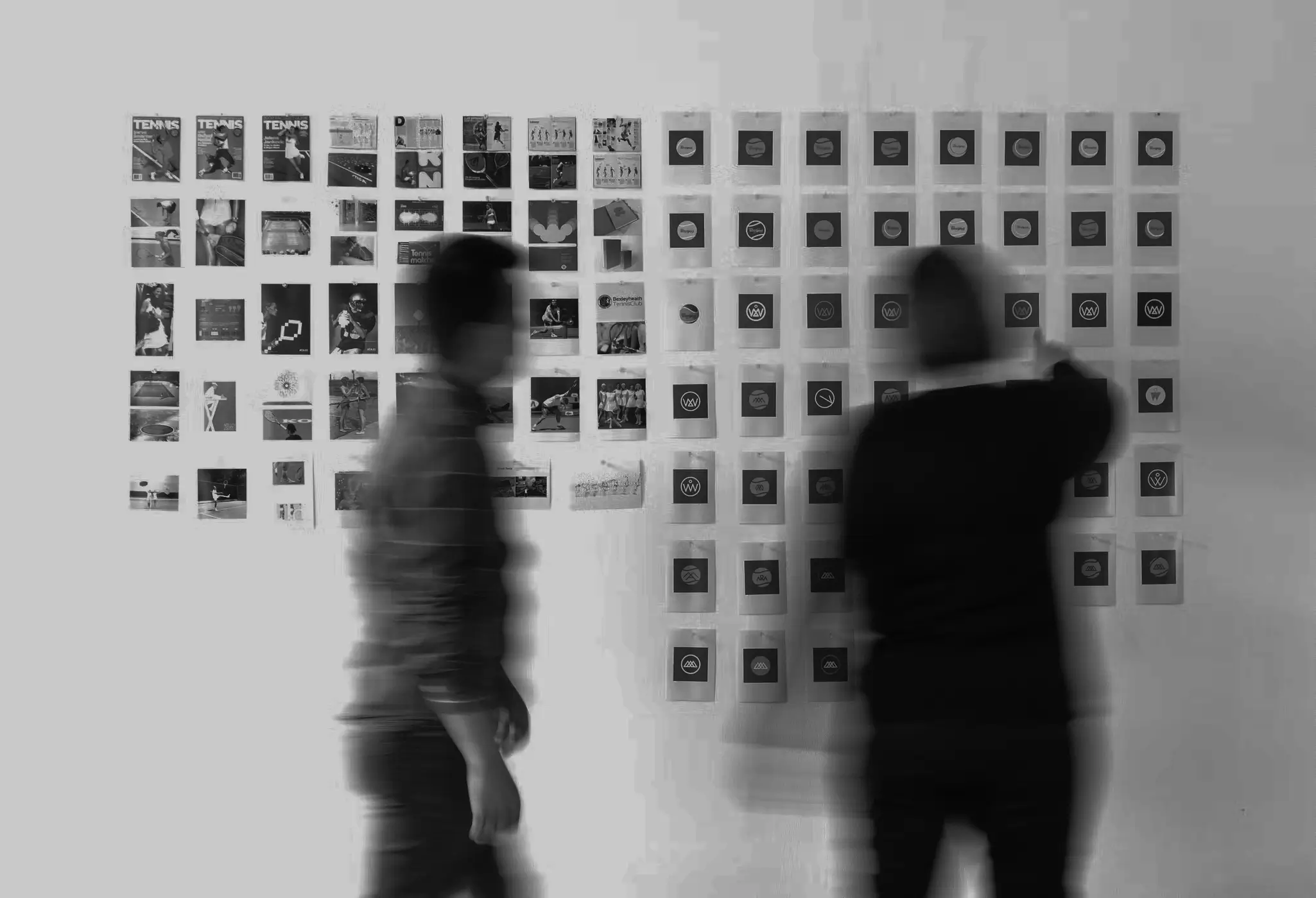
Creating safe space
As a leader, I want to create a safe and stimulating space for the design team. Design is not just a skill, but a way of thinking that requires both critical and creative thinking. However, working in a large organisation can be challenging, as we face deadlines, goals, personalities and pressure. These factors can hinder our creativity and make us afraid to fail. That's why I try to shield my team from the noise and stress as much as I can.
I want them to focus on their task and experiment with new ideas, even if they seem crazy at first. Failure is not a punishment, but a learning opportunity. We don't shy away from risks, we embrace them. We don't dwell on problems, we overcome them. Sometimes I have to take the blame for the team to keep them safe, and always I celebrate their successes and praise them for their work.

Communicate effectively with stakeholders.
In the above paragraphs, I focused mainly on how we work internally however external collaboration is equaliy important. Lack cross cross-team collaboration is often a pitfall for many teams. We tend to work among ourselves and ask for help or feedback occasionally or a little too late.
We have to expand our team culture to the organisation level. We communicate effectively with stakeholders by understanding their expectations and concerns, presenting our work clearly and persuasively, using data and evidence to support our decisions, and managing conflicts and disagreements.
By involving them in our process, we help them understand design thinking and user-centric approaches The more they are involved more educated they become and our collaboration is becoming smotheer

Next Project
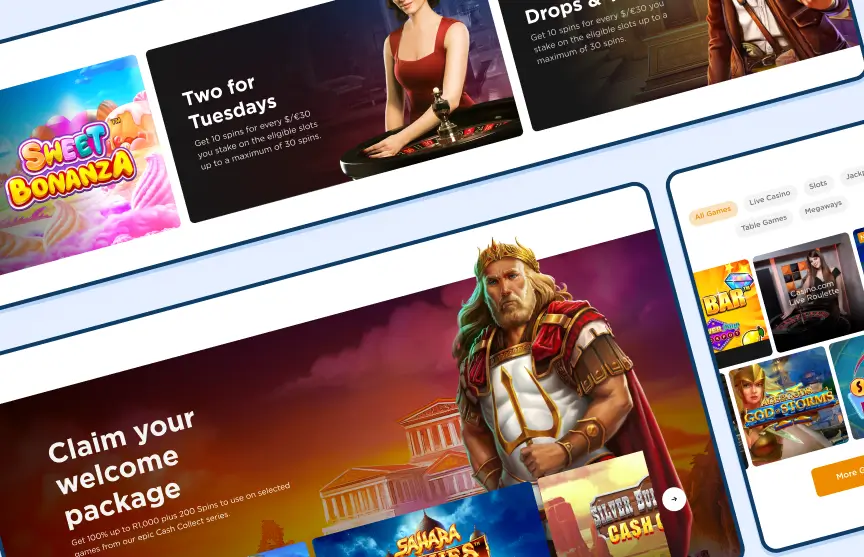
Mansion Cross NEwProject type

DAZNBetProject type

Teams RitualsLeadership Approach
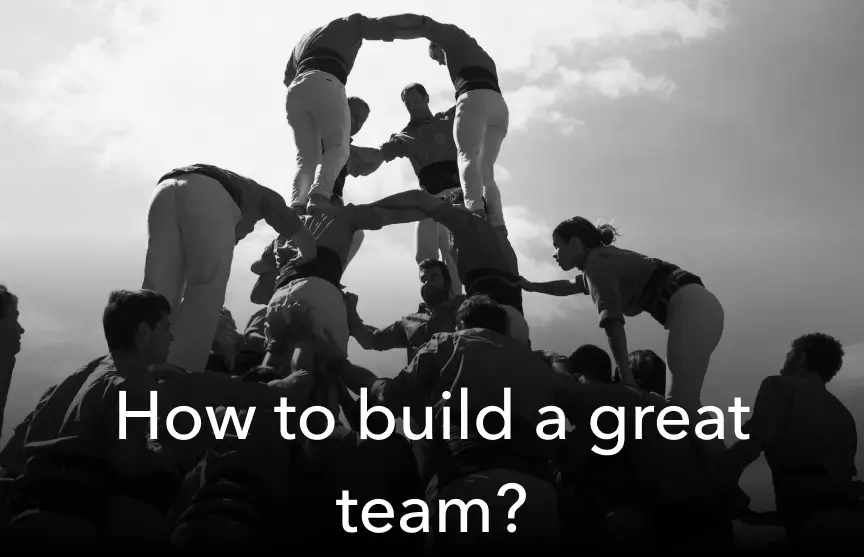
How to build a great team?Leadership Approach
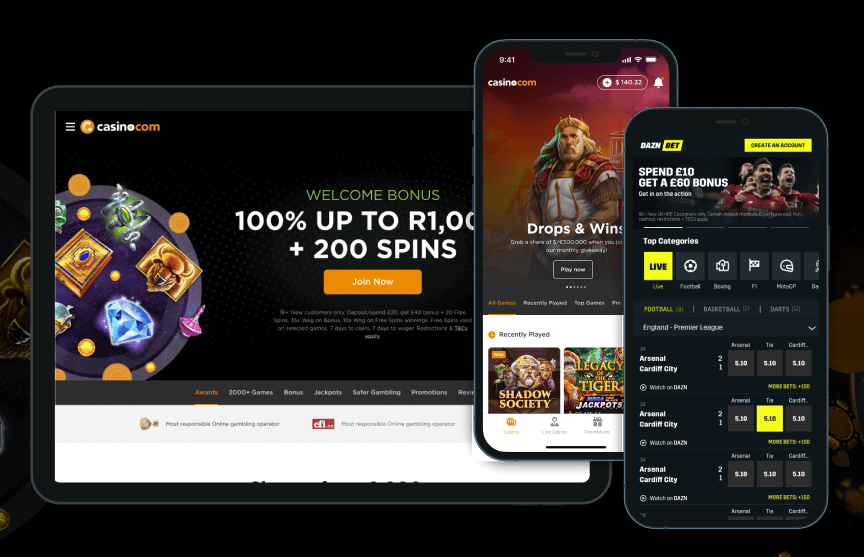
Design Leadership in ActionCase Study

Org TransformationLeadership Approach

MansionCase Study
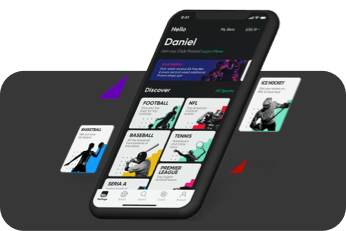
MoPlayUX/UX Design
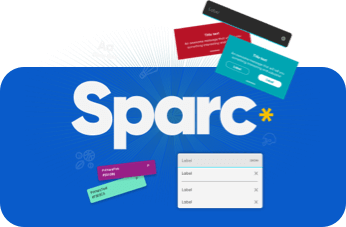
Sparc* Design SystemUX/UX Design

Save Your Plants AppUX/UX Design
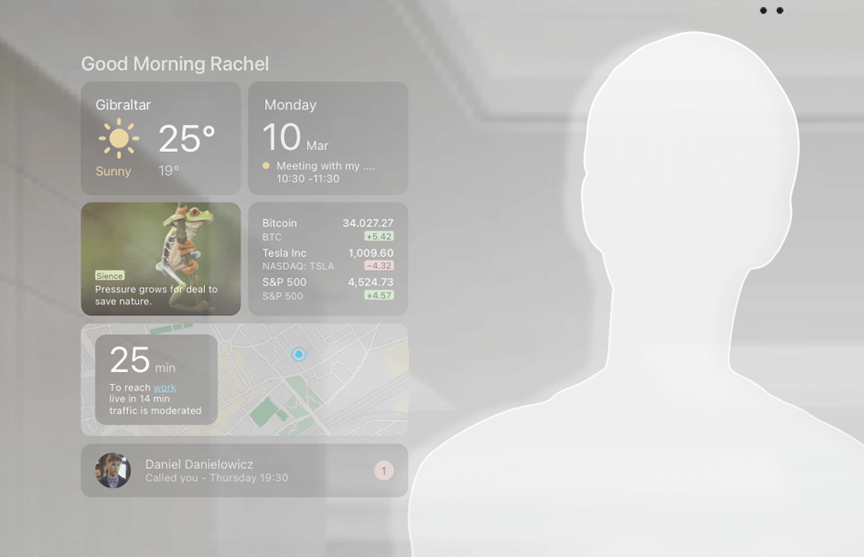
MirrorUX/UX Design

Visual System for Markets.comDesign system

Dribbble ShotsProject type

HandsProject type
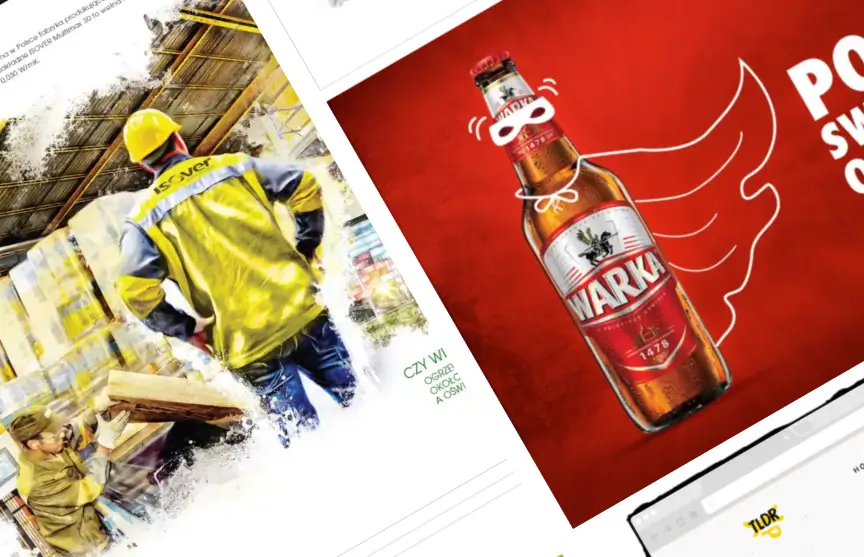
Blast from the pastProject type

